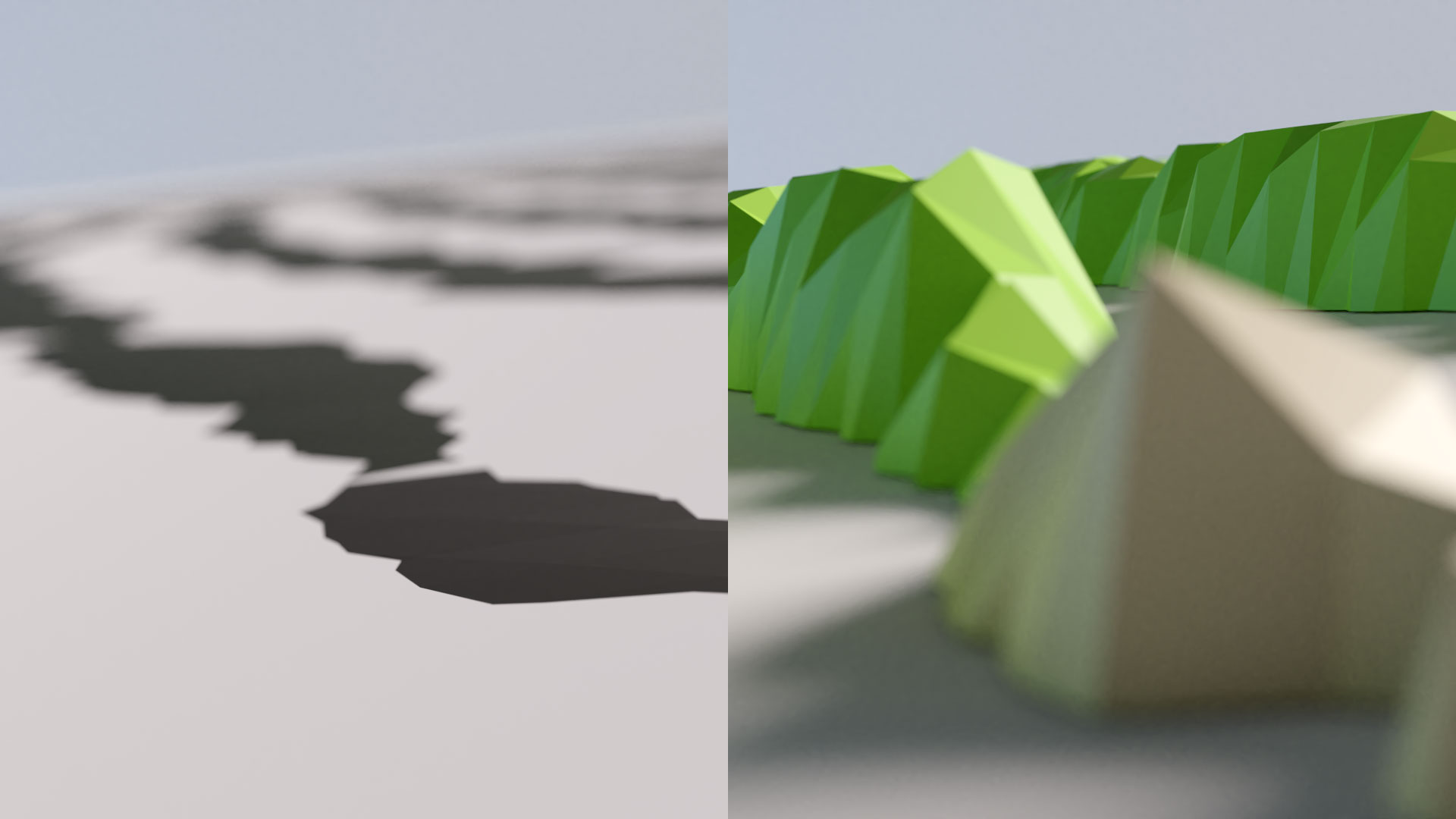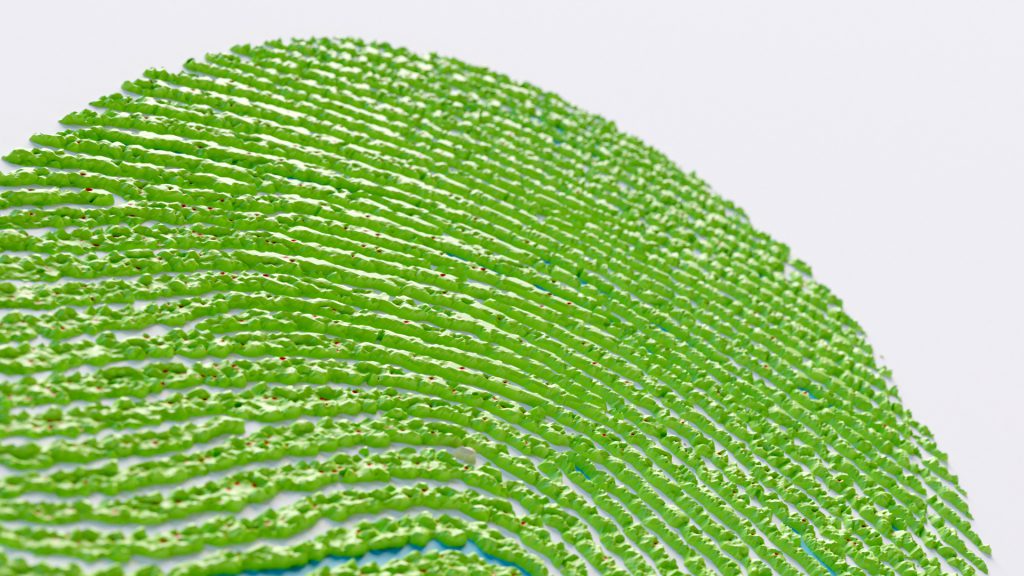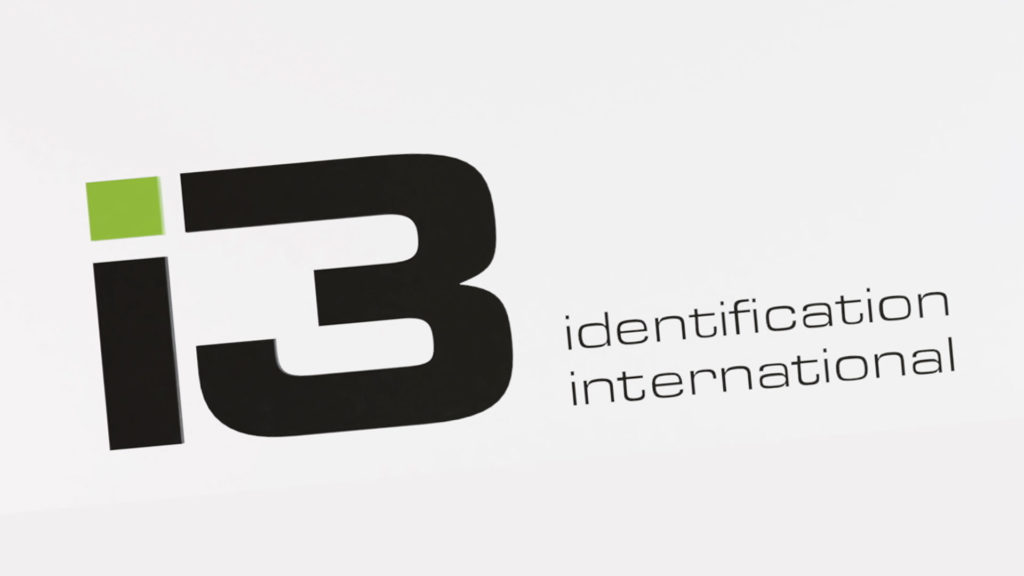Provably accurate three dimensional fingerprinting is the next step in the evolving science of fingerprinting, which has a history stretching back more than 2,000 years.
Continuous improvement
Fingerprints have been systematically used for identification and criminal investigation since the early 1900s, automated since the 1960s, and given new life with the data storage and computing capabilities of the 2000s.
The development of provably accurate 3D fingerprinting marks the next stage of fingerprinting, advancing the capabilities of the technology and taking advantage of another dimension of data.

Step up from 2D
Universally accepted quality standards for fingerprint data have been implemented and adhered to for decades.
Improving these standards, however, could enable implementation of the next generation images that have higher quality for better match rates.
3D technology offers the opportunity to ratchet up quality.





